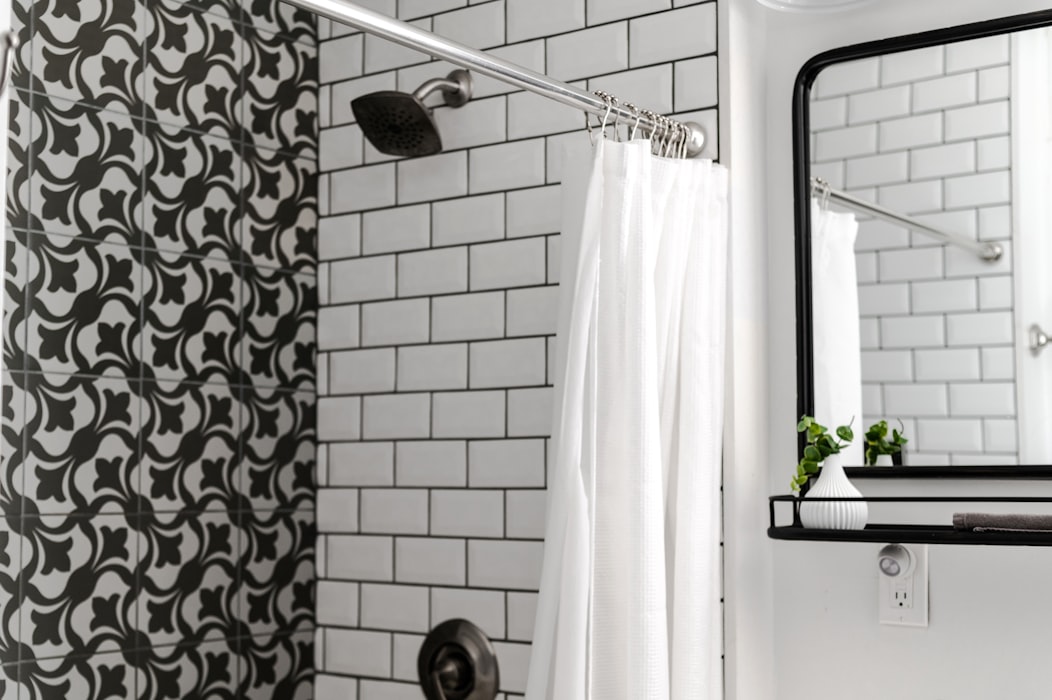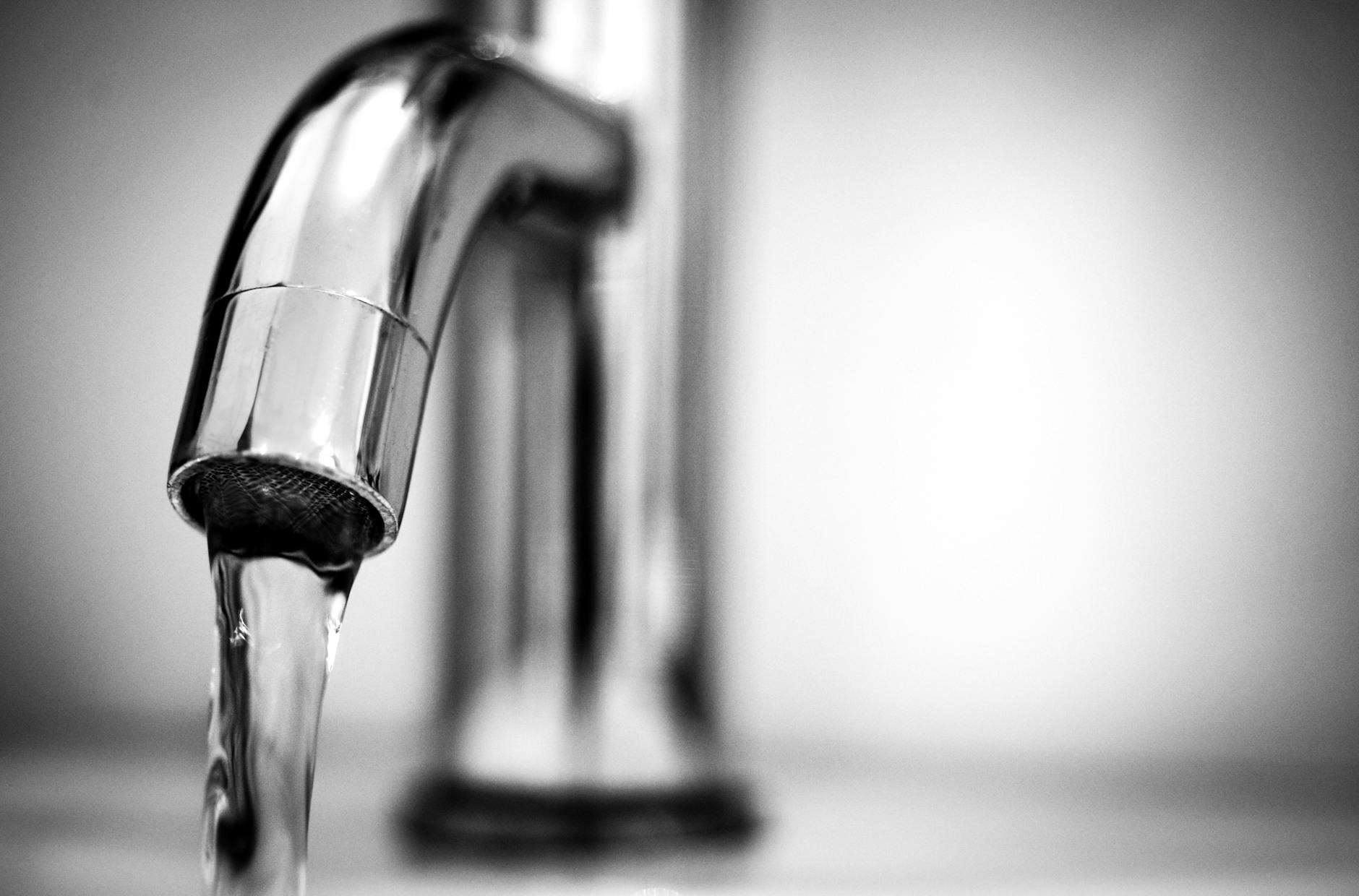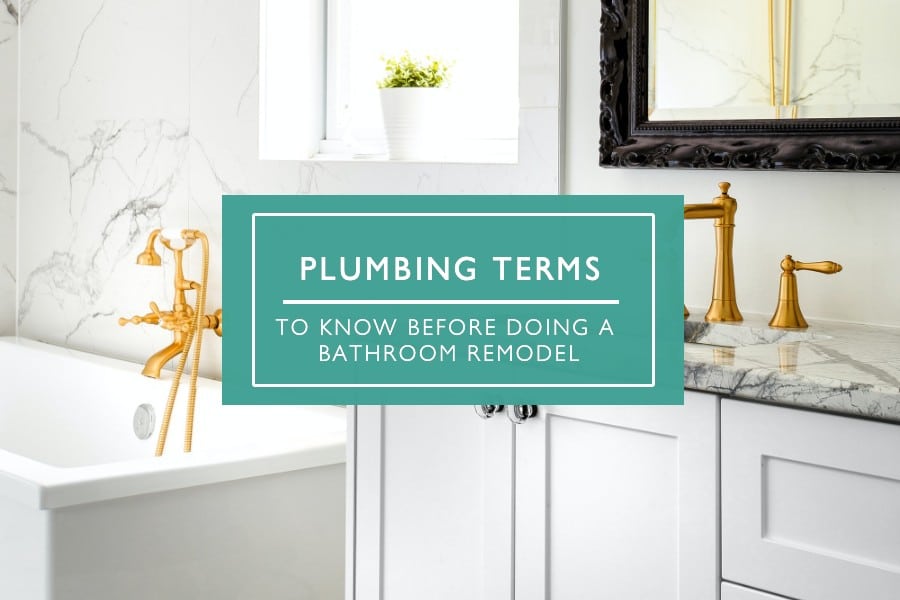One of the most common projects homeowners do is a bathroom remodel. While most bathrooms are not as large as bedrooms, living rooms, or kitchens, it is still a complicated project, maybe even more complex. Aside from the design, fixtures, and furniture - which you have to handle for other rooms as well - there’s also the plumbing.
While you probably won’t be working on the plumbing yourself, since it would be advisable to hire a plumber to do the work, it would be better if you are familiar with the terms. Here’s why:
The Importance of Knowing the Plumbing Lingo
Why is it important to know what your plumber is telling you? It’s better to at least have an idea of what your plumber communicates with you so that you won’t be out of the loop when it comes to the plumbing part of your bathroom remodel project. You don’t need to know everything there is to know about plumbing, but understanding the terms can make a huge difference. This can also give you peace of mind knowing that your plumber knows what they’re doing. Moreover, you can make sure that you’ll be spending your money on the right materials for your bathroom remodel. By communicating well with your plumber, you’ll be able to get what you want for the final layout of your bathroom and prevent misunderstandings for a smooth-running project. So, let’s go down the list of some of the plumbing terms that you should know.

A to Z: Plumbing Terms
Air Gap: This is the unobstructed space between a plumbing apparatus or water outlet and the flood rim level of a fixture such as a sink. It prevents contamination and backflow by blocking drain water from backing up into the clean water system.
Auger: Also called a closet or toilet auger, it is a flexible rod made out of metal or materials such as a spring which is used to remove clogs from a toilet’s trap. It has a curved end that allows it to easily maneuver into and unclog the trap.
Backflow: This refers to the flow of water in reverse of the normal direction. It is the unwanted flowing back of wastewater since it can contaminate the clean water system, becoming a potential health risk.
Backwater Valve: A type of valve used to prevent wastewater from backing up or reentering the house. It is installed on the house sewer, in case it runs full and stops sewage from going back into the home.
Ball Check Valve: Another type of valve used to prevent backflow by placing a ball on a water line which can seal against a seat to redirect the water flow in one direction.
Brass: This plumbing term refers to your basic faucet or fixture. The background for this term is that brass is used in the manufacturing process for faucets and other types of plumbing fixtures. You may also find that brass is a type of finish for your faucets, including polished brass.
Closet Flange: Also known as the floor flange, this is a ring that connects the closet bend and anchors the toilet to the floor. It is closed with bolts, which secures the toilet.
Drain: An opening or vessel attached to a piping system that is used to transport wastewater into sewers or elsewhere for treatment, processing, or reusing. These could be open or have a protective grate, such as those used in shower or floor drains.
Energy Star: You may have heard this term already in other items, such as TVs or electronics in general. If you need to install a water heater for your new layout, the plumber may indicate that the water heater will come with an Energy Star feature. This means that your electric water heater meets the standards for energy efficiency within the United States.
Faucets: The most common word that you’ll probably hear from your plumber is the faucet. A water faucet is a fixture for your sink, showers, and bathtubs. It is important to know which type of water faucet you want because it will be the fixture that you use the most in the bathroom. You’ll want to choose one that matches the decor just the way you want.
Fittings: During the bathroom remodeling, pipes won’t always fit properly. This means that the plumber will probably have to use fittings to join two pipes together.
Flow Rate: The flow rate refers to the amount of water that pushes through a piping system. The plumber will probably use abbreviations that include GPM or GPH. It is important to choose a fixture that will have a good flow rate so that you can save money on your monthly water bill.
GPM, GPH, and GPF: Both the abbreviations of GPM and GPH stand for a measurement of water flowing through the pipes. They are gallons per minute or gallons per hour. The GPF measurement stands for gallons per flush. The plumber may tell you about the GPF when you’re choosing your new toilet.
Gray Water: Refers to the wastewater from fixtures such as bathtubs, showers, and sink, but not toilets or urinals.
Licensed, Insured, and Bonded: All of these three things are important aspects to look for in a plumber. A professional plumber should be licensed, insured, and bonded. Being licensed means that the plumber must’ve taken a test to become certified. Some states, such as Texas, require the plumber to be licensed in order to perform work. An insured plumber is also essential to protect your property. If the plumber happens to damage anything in your home by accident, the plumber’s liability insurance will pay you for those damages. Finally, bonded simply means that you are protected in case the plumber doesn’t finish the job or fails to pay for any necessary permits.
Low-flow: Also called low consumptions, this refers to fixtures or fittings that can produce a lower water flow, which makes the water-efficient.
Overflow: It can be used to refer to the overfilling of a receptacle or fixture such as sink, shower, or bathtub; or a type of drain to prevent the overfilling. An overflow can occur when the plumbing system is blocked. As a drain, one of the most common overflow drains is the hole found in bathroom sinks to prevent the fixture from overflowing and flooding.
Pipe threads: Refers to the screw threads found at the end of pipes or pipe fittings. This connects pipes to pipe couplings or fixtures, and are usually combined with tape, compound, or both to prevent leakage when there is pressure.
Septic System: Septic systems are mainly used for rural homes. A plumber may use this term if you need a new septic system for your bathroom remodeling project. It is a treatment structure for waste that is located underground.
Showerhead: The showerhead goes above the waterspout in the bathtub. When you’re choosing both the showerhead and the waterspout, they will usually come in a set.
Shutoff valve: This refers to valves that are used to shut off the water supply during repairs. It can be found under the sink or toilet, which can close off the water supply to those fixtures.
Sink Basin: The sink basin is the bowl of the sink itself. The basin is always built into the sink design and serves for both rinsing and washing. The final design of the sink will also have an overflow drain.
Tank and Tankless: If you need a new water heater for your bathroom renovation, your plumber may ask you which type of water heater you want. This can include choosing between a tank or tankless water heater. Both alternatives differ in the price range and work differently to heat the water in your home. The tankless water heater can heat water in a flash, so you won’t have to worry about running out of hot water. On the other, a traditional tank water heater will store the water it heats and will come in various sizes, such as 30, 40, or 50 gallons.
Trap: A trap is a device used in drain lines to prevent sewer odor, gasses, and vermin from coming back into the house. Most fixtures use a P-trap while toilets have an S-trap, both are curved and bent, sealing off the stench.
Vent stack: Also called a stink or vent pipe, this is used to release gases and odors, allowing them to escape from the house. It is commonly found on the top of the soil stack, which takes all the wastewater from the plumbing system.
Water Hammer: This is the sound that occurs when the water supply suddenly halts or surges in the pipes. It produces a loud bang and vibration, causing hydraulic shock.
Water Valve: The water valve is a term that is widely used among plumbers. It also refers to the valve that turns your water hose on and off, but the plumbers will likely be referring to the main water valve in your home when they mention this. Since this fixture controls the entire water supply going to your home, it will likely be turned off during a big bathroom remodel.
Waterspout: The waterspout is another commonly used term when plumbing work is being done. This refers to the fixture in the bathtub, which can also be called a faucet. It is located below the showerhead.

Get the Results You Want
Rest assured that by knowing these terms, you can communicate well with your plumber to be on the same page. By doing this, you are sure to get the results that you want. Remember to let your plumber know what type of layout you want for your bathroom. It is also ideal to be involved in choosing the sink, bathtub, and other bathroom fixtures. These terms will help you understand what some of the plumbing fixtures do and why they are important.
Are you still looking for a plumber? If you want to find trusted and reliable professionals in your area, I recommend checking HomeAdvisor. All contractors here need to be licensed and insured to join. Plus, since they pay for the opportunity to earn your business, they will be eager to earn it as well!


